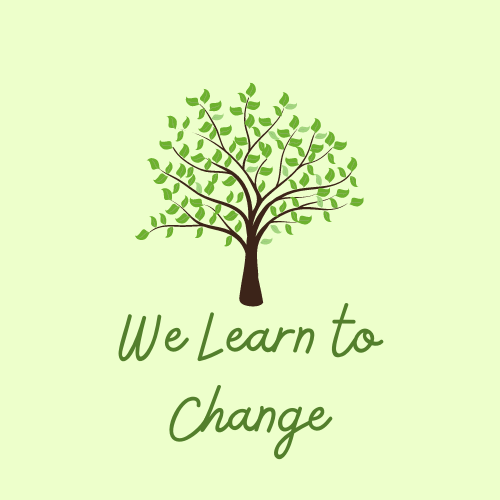The explosion of media and technology…has made it all the more important that students master the core skills of gathering and evaluating evidence. Reading and writing with independence and confidence will remain master arts in the Information Age. (Vicki Phillips in Schmoker, 2011, p.93)
Phillips’ quote resonates today because of the media explosion that occurs on a daily basis (indeed, sometimes multiple times a day). As teachers, we may decide we are obliged to help students navigate the turbulent river of information that comes through so many channels – our smart phones, the television, the radio, social media, etc. I submit that we need to help them, and we need to figure out exactly how to help them. Text-dependent analysis is a skill that can help them – and us – to cut through the clutter and find the gems of truth therein.
Recently, I finished a professional development course offered by the Pennsylvania Department of Education called “Text-Dependent Analysis,” otherwise known as TDA. This course taught us how to teach close reading and critical thinking about what one reads. The DOE deployed this course at an opportune time, since many teachers are going to struggle with how to teach students to read with an eye toward deep understanding and toward analyzing for credibility or veracity. I, for one, was not taught this particular strategy, so I have relied on my training as a history major, not as a teacher.
Close Reading – an important part of TDA – is composed of the following steps.
[aesop_image force_fullwidth=”off” lightbox=”off” captionposition=”left” credit=”(Beth Burke, n.d.)” align=”center” imgwidth=”800px” img=”https://heatheredick.files.wordpress.com/2020/07/8aeda-burkestepsofclosereading.png”]
Something I think we don’t do enough of in today’s classrooms is multiple readings of a text. TDA requires multiple readings, for one cannot possibly deeply understand a text after only one reading, and it is probably difficult to understand deeply after two readings as well.
Something I would change about TDA as it is now taught is to gradually replace teacher-generated text-dependent questions (TDQs) with student-generated TDQs. Teacher-generated questions can often sway a student toward one side or the other, even though these questions are NOT supposed to do that; they are intended to get the students thinking about the text in increasingly complex ways. Additionally, many of us recognize that the best way to learn something, to master it I should say, is to teach it. Therefore, if students create their own questions to share with others, they are in essence teaching one another the art of TDA. That’s my opinion; feel free to disagree with it in the comments.
TDA can help students to filter out the noise that media explosions constantly subject us to these days. It can help them (and us) to discover truth in the midst of so much nonsense. It can help all of us to support our democratic republic and to help it progress. We have made so much progress in our short time as a country, and recently we are seeing citizens regress into publicly displaying worldviews that we as a country felt we had long ago abandoned. It saddens many of us to see it, but there is something we can do about it!
Try TDA today.
References
